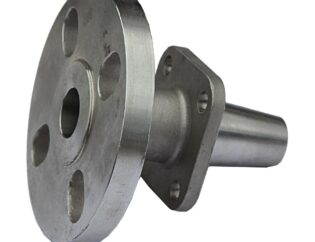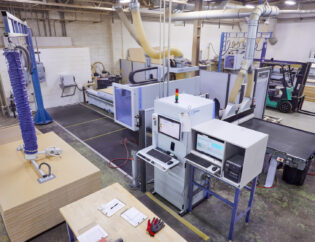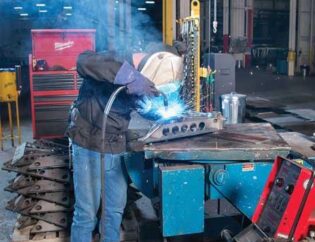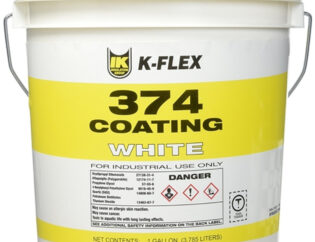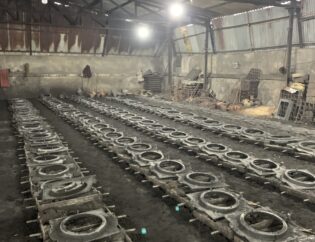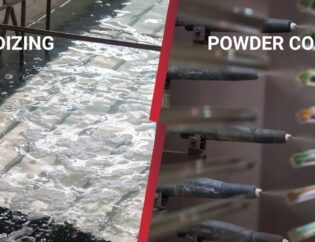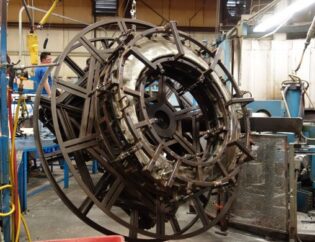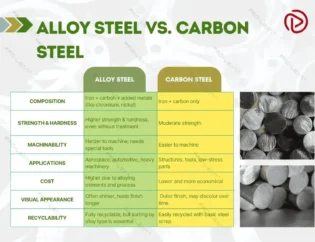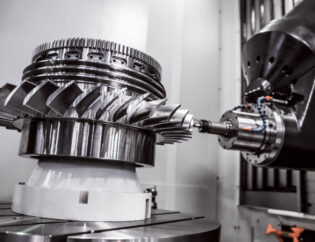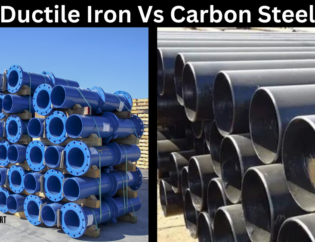Ceramic CNC machining is a cutting-edge process that combines the precision of computer numerical control with the unique properties of ceramic materials. As industries increasingly seek advanced materials for their applications, understanding this technology becomes essential. This guide will delve into the intricacies of ceramic CNC machining, exploring its benefits, challenges, and applications across various sectors.
Readers can expect to learn about the fundamental principles of CNC machining, the specific characteristics of ceramics, and the techniques used to achieve optimal results. We will also discuss the latest advancements in technology and how they enhance machining efficiency and product quality. By the end of this guide, you will have a comprehensive understanding of ceramic CNC machining and its significance in modern manufacturing.
A Comprehensive Guide to Ceramic CNC Machining
CNC machining is a highly efficient technique for mass-producing ceramic items. This approach is versatile, enabling the creation of complex designs and parts with precise tolerances. It’s a method that can produce thousands of high-quality, smoothly finished parts quickly. But what does CNC machining of ceramics involve? What distinctive characteristics do various ceramic materials possess? What considerations are important during the CNC machining of ceramics? This guide will cover the diverse kinds of ceramics, their multiple uses, advantages and challenges of using ceramics in CNC machining, and provide guidelines for the design and machining of ceramic products.
Understanding Ceramic CNC Machining
Ceramic CNC machining is a process where ceramic materials are sculpted into various forms using computer-guided tools. This process incorporates techniques like milling, drilling, grinding, and turning. These methods are applied to ceramics that have reached their maximum density after firing. Due to their hardness and brittleness, ceramics pose a challenge for conventional machining methods. However, using CNC machines to cut ceramics offers greater precision and control, enhancing the accuracy of cuts.
Technical Features of Ceramic CNC Machining
The technical features of ceramic CNC machining are crucial for understanding its capabilities and limitations. Below is a comparison table highlighting these features:
| Feature | Description |
|---|---|
| Material Hardness | Ceramics are extremely hard, often harder than metals, requiring specialized tools. |
| Brittleness | Ceramics are brittle, making them prone to cracking under stress. |
| Precision | CNC machining allows for high precision, achieving tolerances of ±0.01 mm. |
| Surface Finish | Capable of achieving smooth finishes, reducing post-processing needs. |
| Tooling | Diamond and CBN tools are preferred due to their durability and sharpness. |
| Cooling Requirements | Adequate cooling is essential to prevent heat buildup and material damage. |
| Complex Geometries | CNC machining can create intricate shapes that are difficult to achieve with traditional methods. |
Types of Ceramics Used in CNC Machining
Different types of ceramics have unique properties that make them suitable for various applications in CNC machining. Below is a comparison table of the most commonly used ceramics:
| Type of Ceramic | Properties | Applications |
|---|---|---|
| Alumina Ceramic | High hardness, durability, electrical insulation, heat resistance. | Aerospace, automotive, electronics, medical devices. |
| Zirconia Ceramic | High strength, toughness, chemical resistance. | Dental implants, structural components, jewelry. |
| Silicon Carbide | Exceptional hardness, thermal conductivity, wear resistance. | Cutting tools, wear-resistant parts, structural components. |
| Boron Nitride | Low dielectric constant, thermal shock resistance, chemically inert. | Semiconductor applications, electronics. |
| Steatite Ceramic | Excellent electrical resistance, low dielectric loss. | Insulators, high-frequency applications. |
| Quartz Ceramic | High tensile strength, thermal stability, excellent optical properties. | Semiconductor manufacturing, aerospace components. |
Advantages of CNC Machining in Ceramics
CNC machining offers several advantages when working with ceramics:
- Precision and Accuracy: CNC machines provide high precision, allowing for the production of intricate designs and tight tolerances.
- Versatility: The ability to machine various ceramic types makes CNC machining suitable for diverse applications across industries.
- Cost-Effectiveness: Although initial costs may be higher, the durability and longevity of ceramic parts reduce long-term expenses.
- Scalability: CNC machining can easily adjust production volumes based on demand, minimizing waste.
- Complex Geometries: CNC machining can create complex shapes that are often unfeasible with traditional methods.
Challenges in CNC Machining of Ceramics
Despite its advantages, CNC machining of ceramics presents several challenges:
- Brittleness: The brittle nature of ceramics makes them prone to cracking during machining.
- Tool Wear: The hardness of ceramics can lead to rapid wear of cutting tools, increasing costs.
- Extended Production Time: The complexity of machining ceramics often results in longer production times compared to metals.
- Heat Management: Excessive heat generated during machining can damage both the material and the tools.
Guidelines for Effective CNC Ceramic Machining
To overcome the challenges associated with CNC machining of ceramics, consider the following guidelines:
- Material Selection: Choose the right ceramic material based on the specific application requirements.
- Tooling: Use diamond or CBN tools to enhance durability and reduce wear.
- Machining Parameters: Adjust cutting speed, feed rate, and depth of cut to optimize performance.
- Cooling and Lubrication: Implement effective cooling strategies to manage heat and prolong tool life.
- Prototyping: Create prototypes to test designs and refine machining processes before mass production.
Applications of CNC Machining in Various Industries
CNC machining of ceramics finds applications across multiple industries:
– Medical: Used for dental implants, prosthetics, and surgical instruments due to their biocompatibility and strength.
– Aerospace: Employed in manufacturing turbine components and heat shields, where lightweight and high-strength materials are essential.
– Electronics: Utilized for producing insulators, substrates, and components that require high dielectric strength.
– Automotive: Commonly used for brake components and spark plugs, where durability and heat resistance are critical.
Conclusion
CNC machining of ceramics is a sophisticated process that combines advanced technology with the unique properties of ceramic materials. While it presents challenges such as brittleness and tool wear, the advantages of precision, versatility, and cost-effectiveness make it a preferred choice in various industries. Companies like www.runsom.com, www.rapiddirect.com, www.3erp.com, kdmfab.com, and an-prototype.com are leading the way in providing high-quality CNC machining services for ceramics, ensuring that manufacturers can meet the demands of modern production.
FAQs
1. Why is CNC machining preferred for ceramics?
CNC machining is preferred for ceramics due to its ability to achieve high precision, complex geometries, and tight tolerances, which are essential for many applications.
2. What types of ceramics are commonly used in CNC machining?
Commonly used ceramics include alumina, zirconia, silicon carbide, boron nitride, steatite, and quartz, each with unique properties suited for specific applications.
3. What are the main challenges in machining ceramics?
The main challenges include brittleness, rapid tool wear, extended production times, and managing heat generated during the machining process.
4. How can tool wear be minimized in ceramic machining?
Using high-quality diamond or CBN tools, optimizing machining parameters, and implementing effective cooling strategies can help minimize tool wear.
5. What industries benefit from CNC machining of ceramics?
Industries such as medical, aerospace, electronics, and automotive benefit significantly from CNC machining of ceramics due to their unique properties and applications.

